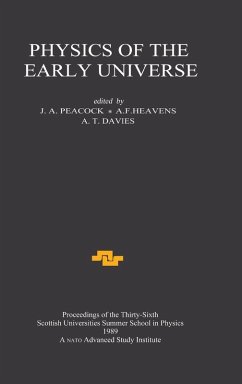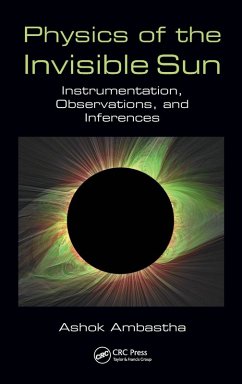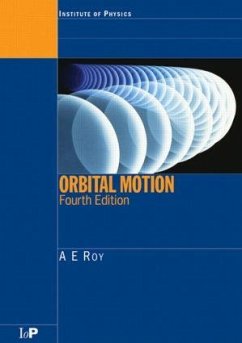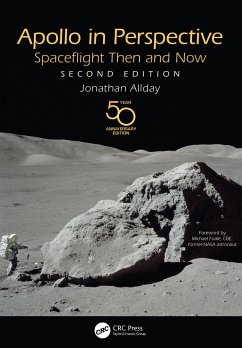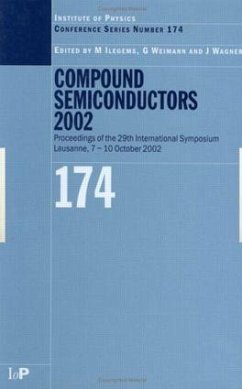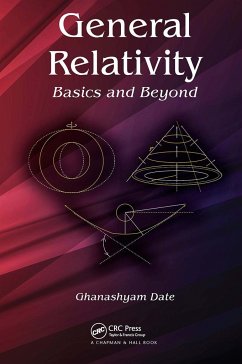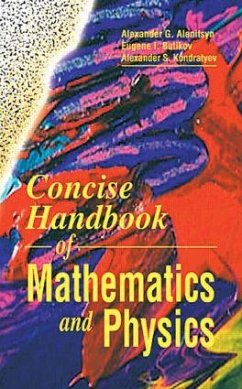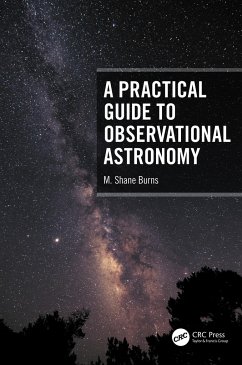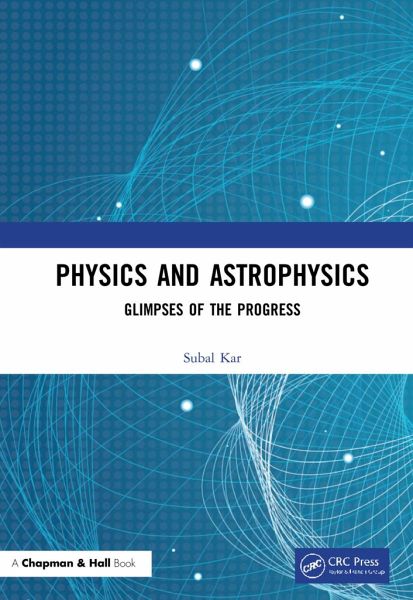
Physics and Astrophysics
Glimpses of the Progress
Versandkostenfrei!
Versandfertig in 1-2 Wochen
166,99 €
inkl. MwSt.
Weitere Ausgaben:

PAYBACK Punkte
83 °P sammeln!
Physics and Astrophysics-Glimpses of the Progress provides a comprehensive account of physics and astrophysics from the time of Aristotle to the modern era of Stephen Hawking and beyond. It takes the readers of all ages through a pleasant journey touching on the major discoveries and inventions that have taken place in both the macro-world, including that in the cosmos, and the micro-world of atomic and subatomic particles related to physics and astrophysics. Use of historical perspective and anecdote makes the storytelling on the progress of physics and astrophysics both interesting and absor...
Physics and Astrophysics-Glimpses of the Progress provides a comprehensive account of physics and astrophysics from the time of Aristotle to the modern era of Stephen Hawking and beyond. It takes the readers of all ages through a pleasant journey touching on the major discoveries and inventions that have taken place in both the macro-world, including that in the cosmos, and the micro-world of atomic and subatomic particles related to physics and astrophysics. Use of historical perspective and anecdote makes the storytelling on the progress of physics and astrophysics both interesting and absorbing. While peering through different developments in these fields, the book never compromises with the sanctity of the scientific content, including the depth and beauty of the physical concept of the topics concerned and the philosophical viewpoints they represent. Where appropriate, the book also delves into value judgments of life that affect our civilization. Features The intricate concepts of physics and astrophysics are explained in simple terms and in easy-to-understand language. Physics and astrophysics are discussed in a connected and correlated way in a single volume of comprehensive size but in totality, which to date is the unique feature of this book. Starting with Aristotle's Physics and going through the work of Newton, Einstein, Schrödinger, Hubble, Hewish, Hawking, and others, including the present research on dark energy, dark matter, and the fifth force of nature, the reader will be kept absorbed and spellbound. In addition to the fundamental principles of Newtonian mechanics, Einstein's relativity, quantum mechanics, string theory, loop quantum gravity, and so on, the cutting-edge technologies of recent times, such as the Large Hadron Collider, Laser Interferometer Gravitational-wave Observatory, and Event Horizon Telescope, are also explored. The book is aimed primarily at undergraduate and graduate students, researchers, and professionals studying physics and astrophysics. General readers will also find the book useful to quench their thirst for knowledge about the developments in physics and astrophysics. ¿ ¿ ¿





